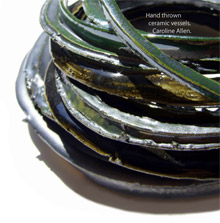Timothy K. Earle, Viktória Kiss, Attila Kreiter, Gabriella Kulcsár, Borbála Nyíri, Vajk Szeverényi (Northwestern University, Hungarian Academy of Sciences, Budapest, Hungarian National Museum, National Heritage Protection Centre, Budapest, University of Leicester, School of Archaeology and Ancient History Móra Ferenc Museum, Szeged)
The aim of this study is to assess Early and Middle Bronze Age creativity in table wares through the case study of the Benta valley in central Hungary. Previous ceramic technological studies concerning the Hungarian Bronze Age show that technology did not change considerably, however, stylistic features and forms changed extensively. Even though potters seem to be using their earlier potting traditions, they developed new technological skills, created new forms, design elements and amalgamated different styles that contributed to the appearance of increased creativity and changes in material culture.
The Benta valley is comprised of a chain of different Early and Middle Bronze Age sites in terms of social organisation and lifestyle such as farmsteads, open settlements, fortified settlements, tells. Table wares: cups, mugs, jugs, jars and bowls were chosen for examining creative activities as a means to understand the development of techniques and skills and changes in material culture. Creativity in ceramic production is examined through ceramic petrography and macroscopic analysis of production techniques (clay preparation, use of different tempers, forming techniques, surface finish, decorations and firing techniques). The differences in the settlements in terms of social organisation allow us to examine the nature and extent of creativity that materialized through the technology and visual characteristics of table wares.


